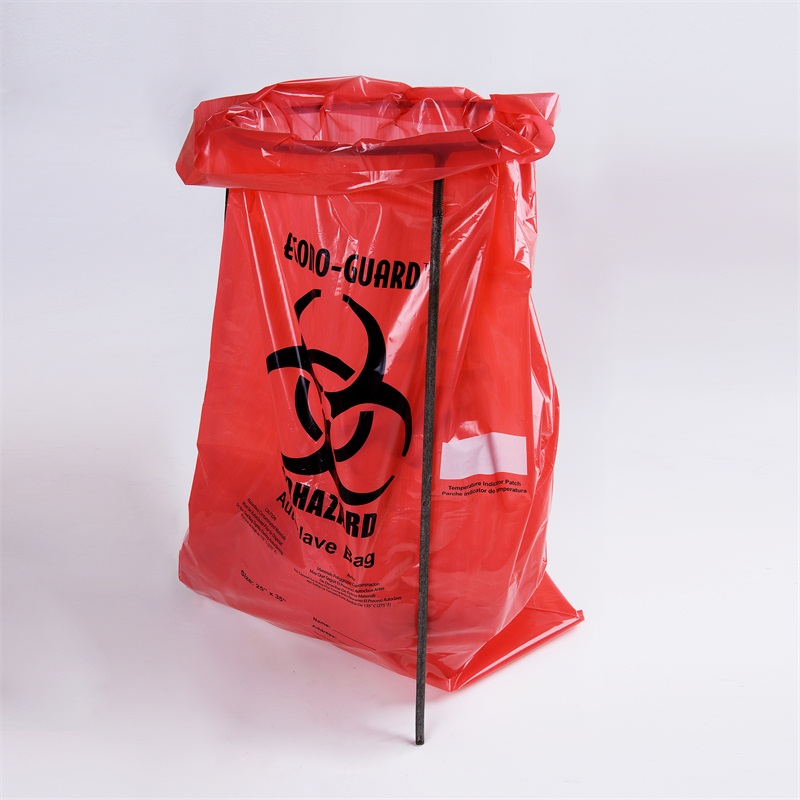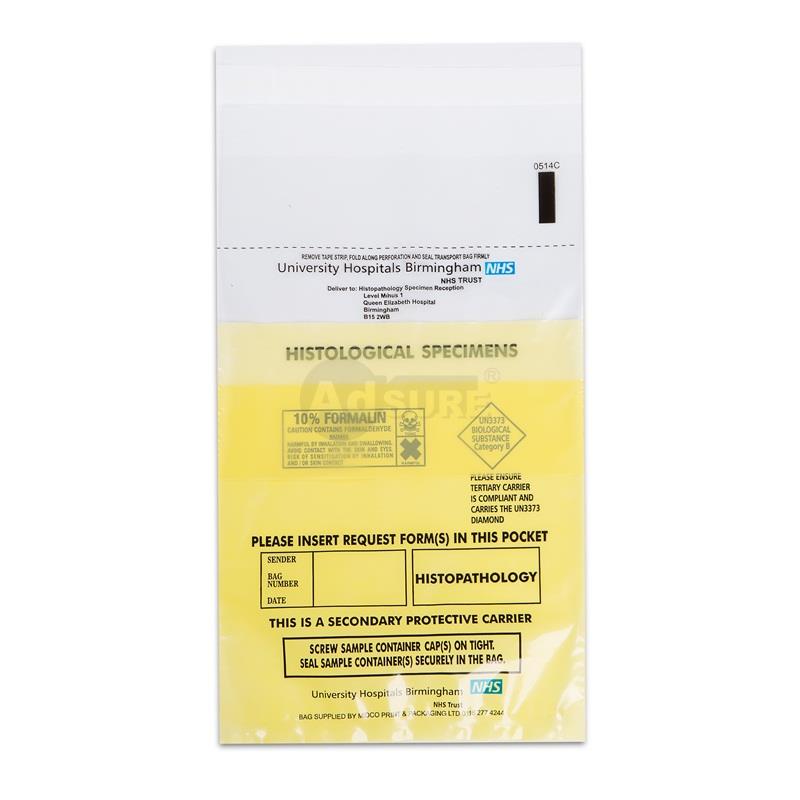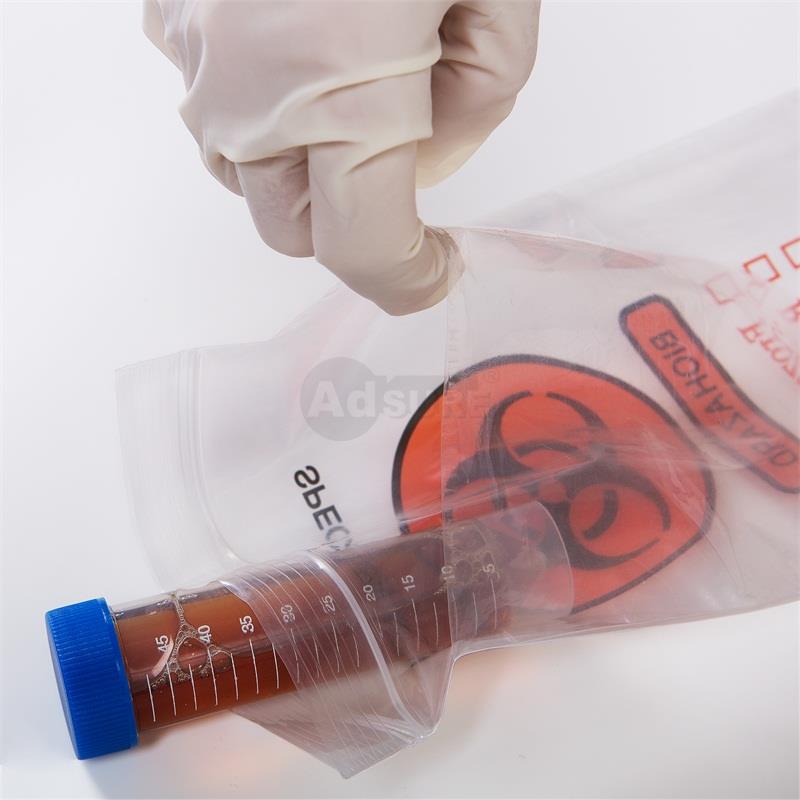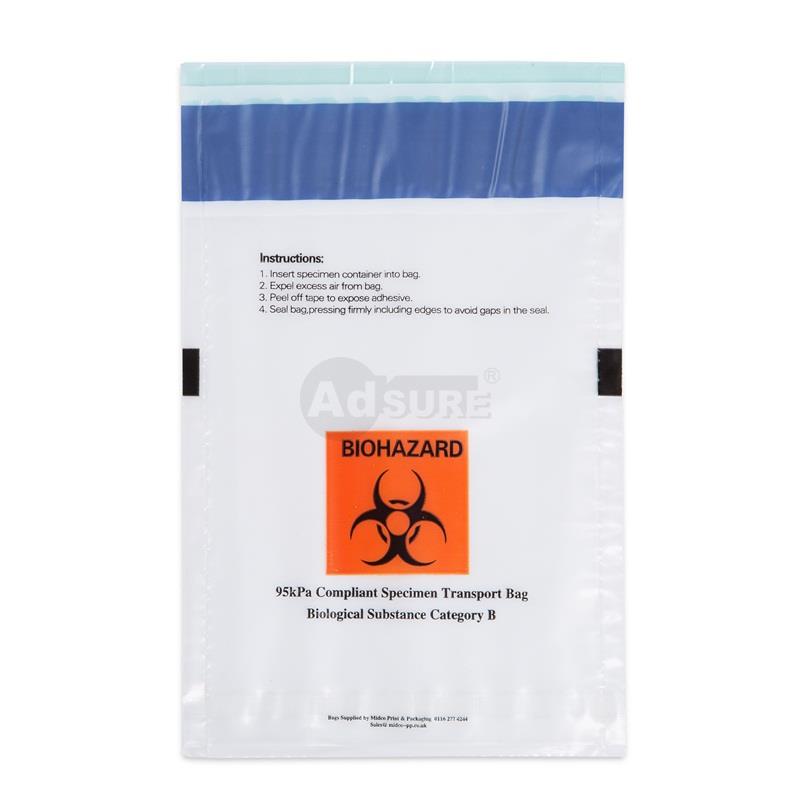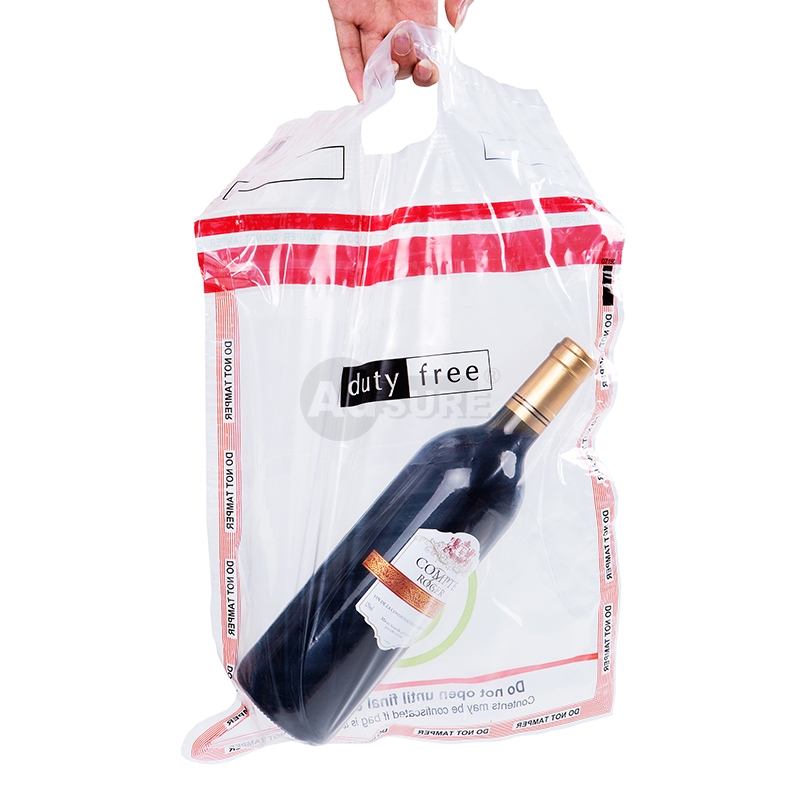Guide to Biohazard Bag Colors and Uses
As regulations around medical waste become stricter worldwide, biohazard bags have become essential in hospitals, labs, and public health settings. These bags aren’t just colored for easy sorting—their hues carry real meaning, helping staff identify, handle, and dispose of waste safely and in full compliance with local and international standards.
Today, the familiar red, yellow, black, and blue bags have been joined by newer colors like green, purple, orange, and white, reflecting increasingly specialized use cases. In this guide, we’ll walk through what each color represents, how they’re used, and highlight a few high-performance products that support safety, compliance, and efficiency in real-world medical environments.
Red Bags: Handling High-Risk Infectious Waste
Red biohazard bags are by far the most widely used. They’re meant for high-risk infectious waste—think blood, human tissues and organs, bodily fluids, and contaminated instruments. Because this kind of waste poses a serious risk of infection, it must be handled with extreme care.
That’s why many facilities rely on Autoclavable Biohazard Bags with Indicator, which are built to withstand high-temperature steam sterilization. They also feature visual indicators that confirm whether the bag has been properly sterilized—adding an extra layer of safety.
Yellow Bags: For Moderately Infectious Waste
Yellow bags are used for waste that’s less dangerous, but still not safe to toss in the regular trash. This includes used IV lines, surgical gloves, dressings, and disposable gowns—items that may not be visibly soiled but have been exposed to clinical environments.
In fast-paced settings like nurse stations, Biohazard Specimen Bags with Self-Adhesive Tape offer a practical solution. Their self-sealing design means they can be securely closed without needing extra tools, which helps reduce contamination and save time.
Black Bags: For Non-Infectious Medical Waste
Black bags are typically used for non-infectious, general medical waste. This might include unused but expired medication packaging, non-contaminated office waste, or clean wrapping from sterile tools.
Even though this type of waste isn’t considered hazardous, it still often requires tracking and documentation. In many regions, black-bag waste enters the municipal system but is tagged for traceability and compliance reporting.
Blue Bags: For Specimen Transport
Blue bags are becoming increasingly popular for transporting biological samples like blood, saliva, or urine—especially when hospitals need to send samples to outside labs or testing facilities.
These specimens need secure packaging that can handle leaks, impacts, and labeling requirements. That’s where 95kPa Specimen Bags With Absorbent Pad shine. Not only do they meet air transport regulations, but the absorbent pad inside helps contain spills. Similarly, Specimen Transport Ziplock Bags with Dual Pouch keep the sample and accompanying paperwork separate, which is essential for UN3373 compliance.
Beyond Basics: Green, Purple, Orange, and White Bags
While red and yellow are the most common, newer colors are gaining traction as medical waste systems become more nuanced.
Green bags: Often used for recyclable, non-infectious waste like clean plastic packaging. These support eco-friendly initiatives in healthcare settings.
Purple bags: Reserved for cytotoxic waste, such as chemotherapy drugs, used PPE, or contaminated IV lines from oncology wards. This waste is especially dangerous and requires incineration at specialized facilities.
Orange bags: Their usage varies by country. In the UK, for instance, they’re used for infectious waste that needs incineration but not pre-treatment, striking a balance between infection control and energy efficiency.
White bags: Typically used in high-risk environments like radiology or nuclear medicine for sharps or radioactive materials. Products like Lab Specimen Evidence Bags are often tamper-proof, labeled, and traceable—meeting both medical and forensic standards.
Specialized Solutions: When Standard Isn’t Enough
Some medical transport needs go beyond what color alone can tell you. For example, Blood Transportation Bags + FOIL ENVELOPE + Ice Bags are tailored for cold chain logistics, helping preserve blood samples or vaccines during transit. This shows how functionality—like insulation or seal type—can be just as important as color coding.
Final Thoughts: A Smarter Way to Handle Medical Waste
Color-coded biohazard bags do more than just simplify sorting—they help manage risk, streamline operations, and uphold regulatory standards. From hospitals to research labs, using the right bag isn’t just best practice—it’s a critical part of keeping people safe.
As waste types and rules become more complex, choosing the right bag means thinking beyond color. Durability, temperature resistance, leak protection, and sealing methods all play a role in ensuring safe, compliant handling of medical waste.


